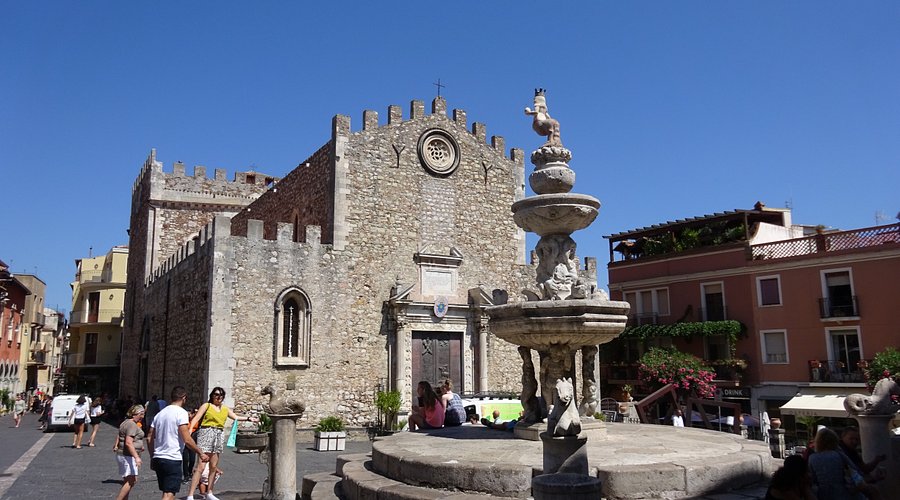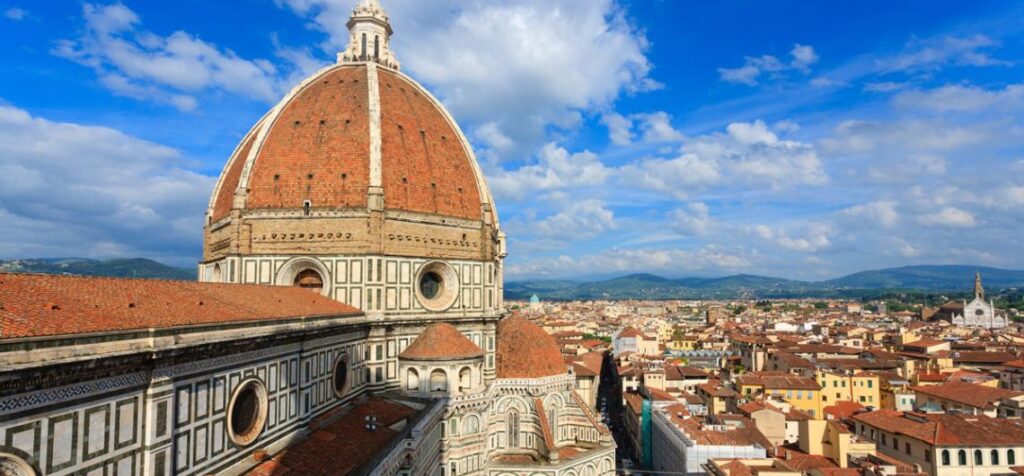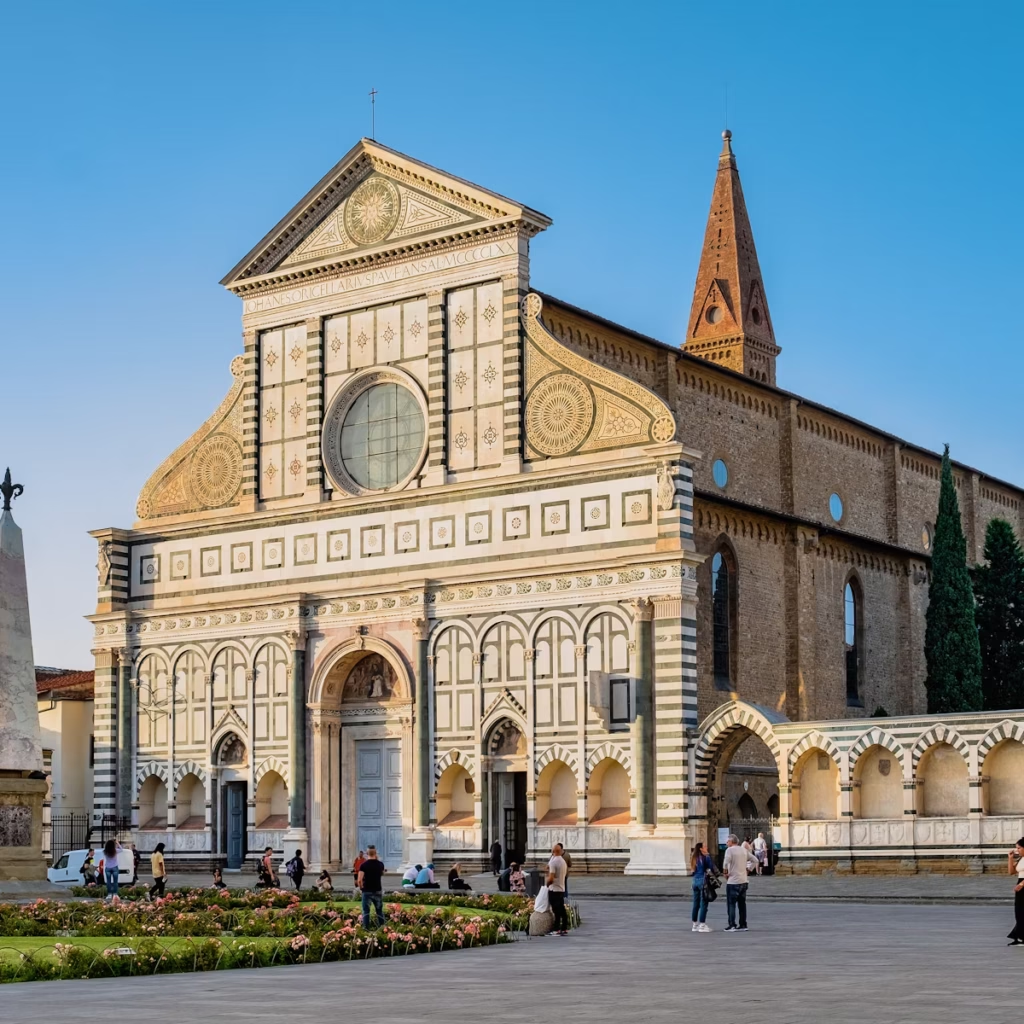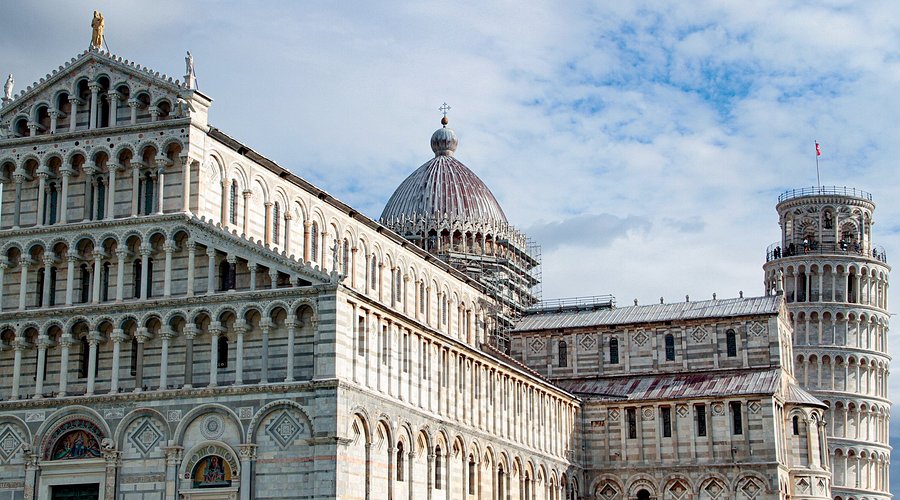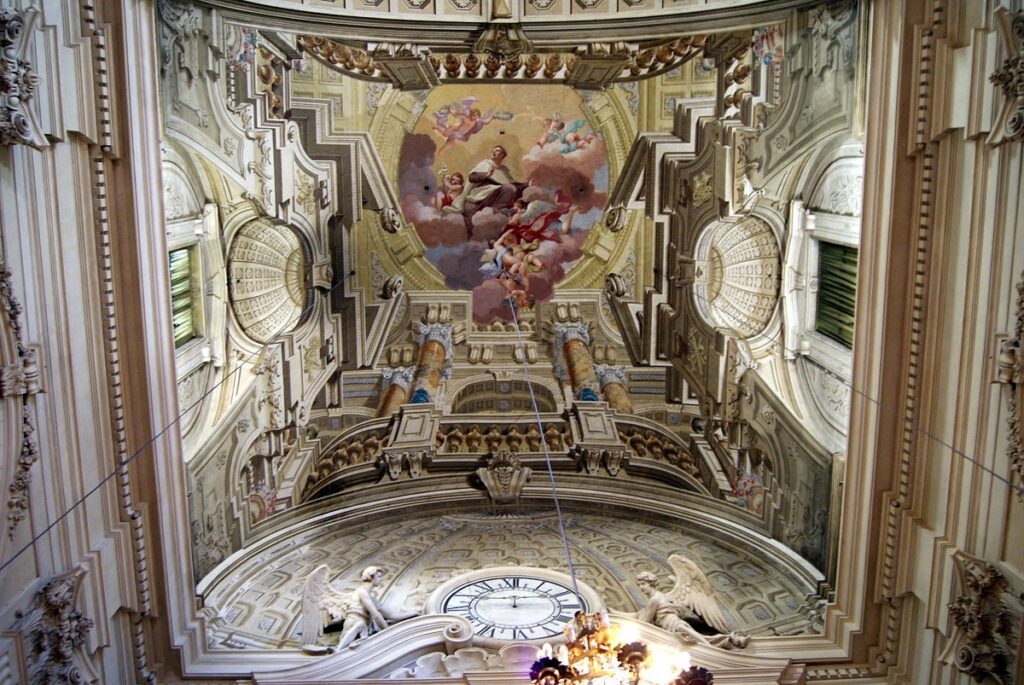Located in the apse of the 14th-century Basilica di San Francesco, this chapel safeguards one of Italian art’s masterpieces: Piero della Francesca’s fresco cycle The Legend of the True Cross. Painted between 1452 and 1466, the frescoes narrate the story of the cross on which Christ was crucified. Entry is strictly limited to 30 people every half hour, so advance booking by phone or email is essential during the high season. The ticket office is down the stairs near the basilica’s entrance.
The medieval legend depicted is as captivating as it is fantastical. The cycle follows the tale of the tree that Seth plants on Adam’s grave—the very wood from which the True Cross is later fashioned. Among the scenes is Helena, mother of Emperor Constantine, rediscovering the lost cross; behind her, Jerusalem is painted as a medieval version of Arezzo. Other notable moments include the victory of Heraclius over the Persian king Khosrau, Constantine sleeping on the eve of his battle with Maxentius (with Piero’s masterful rendering of dawn light), and Constantine carrying the cross into battle.
Two of the most beloved scenes portray the meeting between the Queen of Sheba and King Solomon. In the first, the queen kneels on a bridge over the Siloam River, dressed in a rich Renaissance gown alongside her attendants. The second depicts Solomon’s palace, seemingly inspired by the architectural designs of Leon Battista Alberti.

